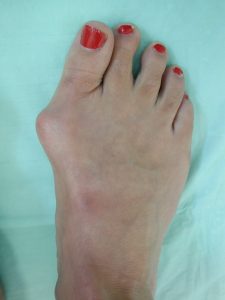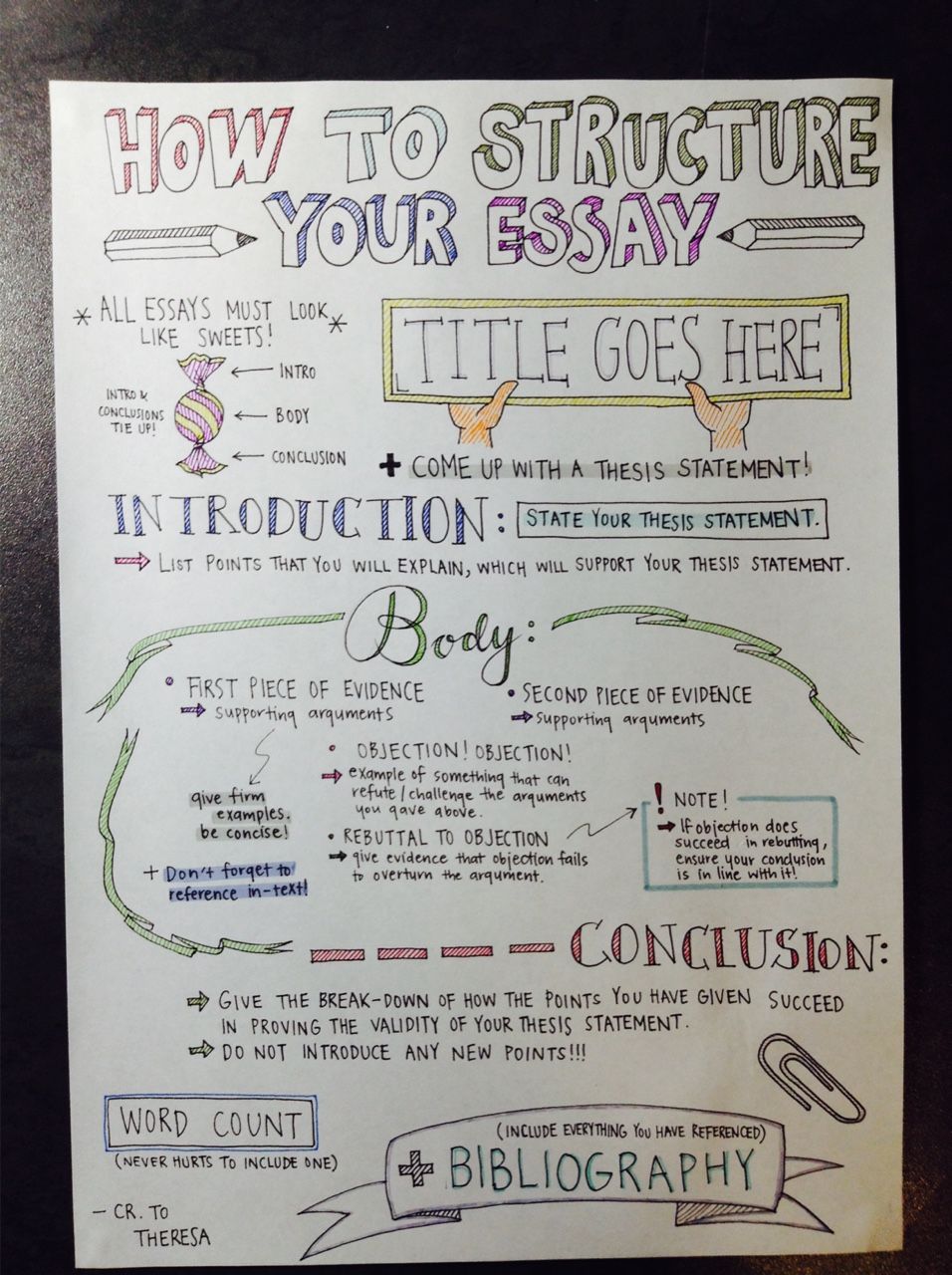
Common foot disorders
Common foot disorders
A WOMAN’S ACHING FEET
Many common foot ailments are related to choice of shoes, especially in women. In a survey by the American Orthopaedic Foot and Ankle Association (AOFAS), more than three-fourths of women had some kind of foot pain. That’s no surprise when you consider that the majority of them were wearing shoes that were smaller than their feet! Footwear that is too tight, too loose, airtight, or shaped in unnatural ways can cause or aggravate problems.
Nearly half of all women have first-hand experience with the dull throb of aching feet. Although an increase in standing or walking may be the cause, the culprit is often ill-fitting shoes. Because the fat padding on the bottom of the feet thins out over time, older women may find that this problem increases with age.
How do I know its a proper footwear for me??
Always check that your feet is comfortable when you buy. Preferably buy a footwear with wide toe box. The usual slippers or chappals are not very good for those who have foot pains.
Do consult your foot and ankle surgeon for advise of proper footwear.
ATHLETE’S FOOT
Despite its name, athlete’s Foot isn’t limited to long-distance runners or other athletes. The intense itching, burning, pain, and scaling that usually occurs between the toes or on the sole of the foot is caused by microscopic fungi. These microorganisms thrive in warm, moist places—shower floors and sweaty socks or tight-fitting shoes are favorite environments.
How do I manage?
Proper hygiene and appropriate footwear is what you need
BLISTERS
Shoes that are too big or too small, or rough spots in shoes or socks can often rub against a sensitive spot on your foot. The body reacts by creating a fluid-filled sac known as a blister. The skin underneath the blister is quite tender, making blisters painful to walk on.
How do I manage?
Fortunately, they generally disappear on their own if kept clean and protected from further irritation.
BUNIONS

If you’ve noticed a lump on the side of your foot at the base of your big toe, it’s probably a bunion. Bunions are caused when the base of the toe is pushed out of its normal position. This causes a bulge on the side of the foot that can be painful and inflamed. Rather than pointing straight ahead, the big toe will also frequently press against the other toes.
How do I manage?
Early stages you can manage with Toe spacers and wide toe box footwear. If it is painful or has other issues, you must consult your foot and ankle surgeon and get a proper treatment before further joint damage occurs
CORNS AND CALLUSES
The skin protects itself against repeated friction and pressure by building up hard layers of skin cells at the site of the irritation. The skin cells form round, kernel-like bumps, called corns. They are often found on top of or between the toes. Calluses usually form on the sole, but they can also occur elsewhere on the feet, and are thick, yellowish, and flat.
How do I manage?
Find the cause and treat it. There is no point most of the times treating the symptom with corn caps or other medications.
HAMMER TOES
When one of the smaller toes takes on a claw-like appearance, it’s called a hammer toe. Misalignment of the toe joints or muscle or nerve problems in the foot cause the toe to curl up instead of laying flat. People with diabetes are prone to developing hammertoes. Wearing shoes that are too short can also cause this problem.
ALSO READ


How To Choose The Ideal Paper Writing Service
Posted On 24 May 2023
When you use a paper writing service, then you are picking a company that's devoted to your needs. They are…
APA Live Chat – The Way I Could Write My Paper?
Posted On 8 May 2023
If you've got a big test coming up and you need to have it done on time, and then you…
How to Write My Paper Cheaply
Posted On 7 May 2023
There are many ways to compose my paper inexpensively. In fact, some approaches can actually save money for the writer.…
Posted On 4 May 2023
Have Fun and Enjoy a Fun Way to Enjoy your time at home by playing free slots at the casino…
How to Write My Essay About Writing Sample Papers
Posted On 23 Apr 2023
Are you worried about how to write my own article? I understand, it's somewhat intimidating when you first begin learning…

College Application Essay Writing Service Voucher Reddit.com
Posted On 12 Apr 2023
This will suggest having a apparent being familiar with of the supply material or the subject and sticking shut to…

Quality Custom Essay Writing Service Reddit.com
Posted On 12 Apr 2023
Many universities present distinctive deals with savings which you could uncover fascinating. This way you will hardly ever free the…
Reddit Custom Essay Writing Service For Cheap
Posted On 12 Apr 2023
The Looming Questions: Will the reserve be a accomplishment or not? How considerably would this maximize your composing money? Now,…
Reddit Essay Writing Service Atlanta Ga
Posted On 11 Apr 2023
Pretty much as vital as firm any time you are producing essays, is concept generation. Nothing at all will kill…
Reddit.com Persuasive Essay Writing Service Online
Posted On 11 Apr 2023
As aspect of the organizing for faculty admissions, a timeline ought to be established in progress. Consequently, your site visitors…